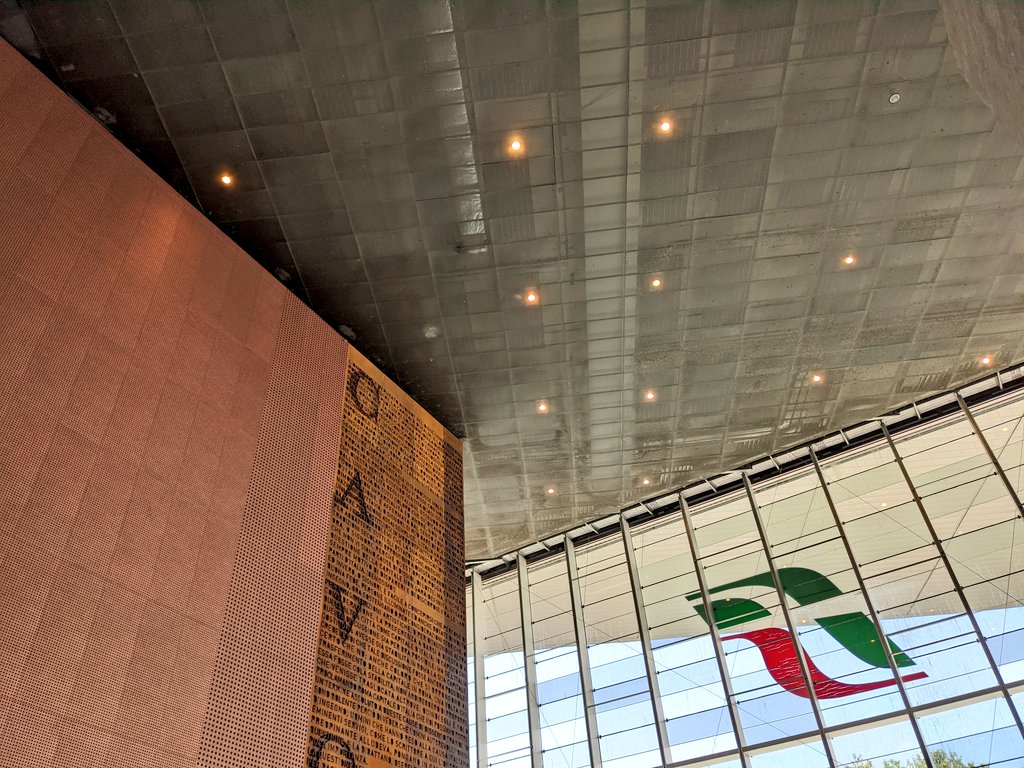
Annoyingly, this thread about US track gauge has gone viral. It is also entirely bollocks (other than US standard gauge being 1435mm).
Time for a quick thread... #RailwaysExplained
Time for a quick thread... #RailwaysExplained
https://twitter.com/BillHolohanSolr/status/1177631604186996737
As the railways expanded across the US, several different track gauges became predominant, just as was the case in Europe (nope - the Romans nor horses bottoms had anything to do with track gauge)... #RailwaysExplained
By the 1860s, there were thousands of miles of track with gauges that didn't conform to Stephenson's original 4'8.5" - in fact only around half of the railways in the US used this gauge.
Then the civil war happened (no, not that one)... #RailwaysExplained
Then the civil war happened (no, not that one)... #RailwaysExplained
The American Civil War was the first war where railways played a crucial role, rapidly moving kit and men around where they were needed most.
Changing trains because of different gauges was no longer an annoyance - it was a matter of life or death, of winning or losing.
Changing trains because of different gauges was no longer an annoyance - it was a matter of life or death, of winning or losing.
The predominant track gauge in the South was actually 5' gauge, so had the Confederacy won the American Civil War, the US would likely have adopted that as their standard gauge. Also other things 😬
I'll expand this thread next week, because the real explanations (yes, there are several) for where Stephenson's 4'8.5" came from are far less romantic and far more interesting than @BillHolohanSolr's horse's arse of a story #RailwaysExplained 

Also... track gauge and loading gauge (see thread) are largely independent of each other.
https://twitter.com/GarethDennis/status/1121055605190483969?s=19
• • •
Missing some Tweet in this thread? You can try to
force a refresh













